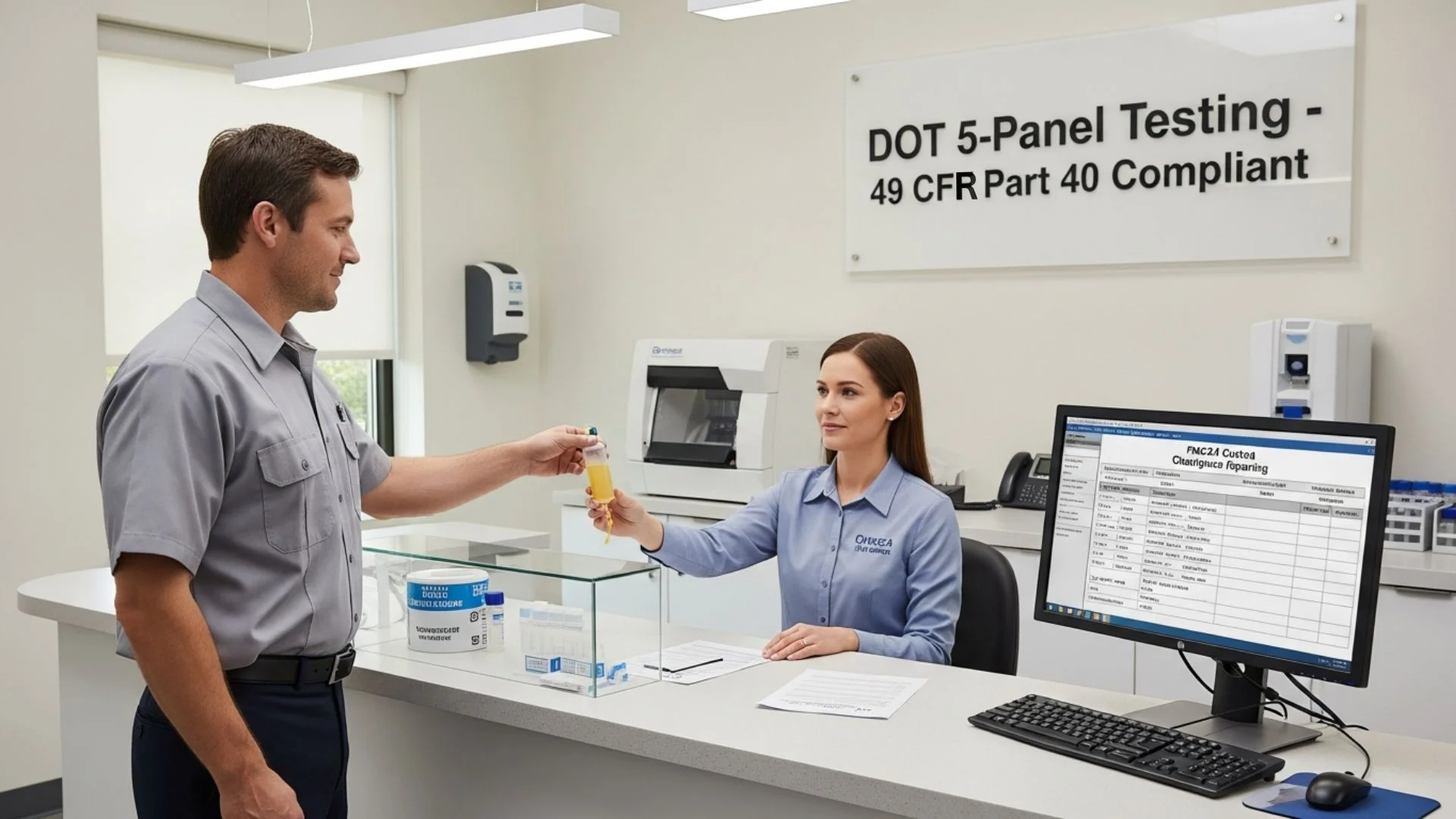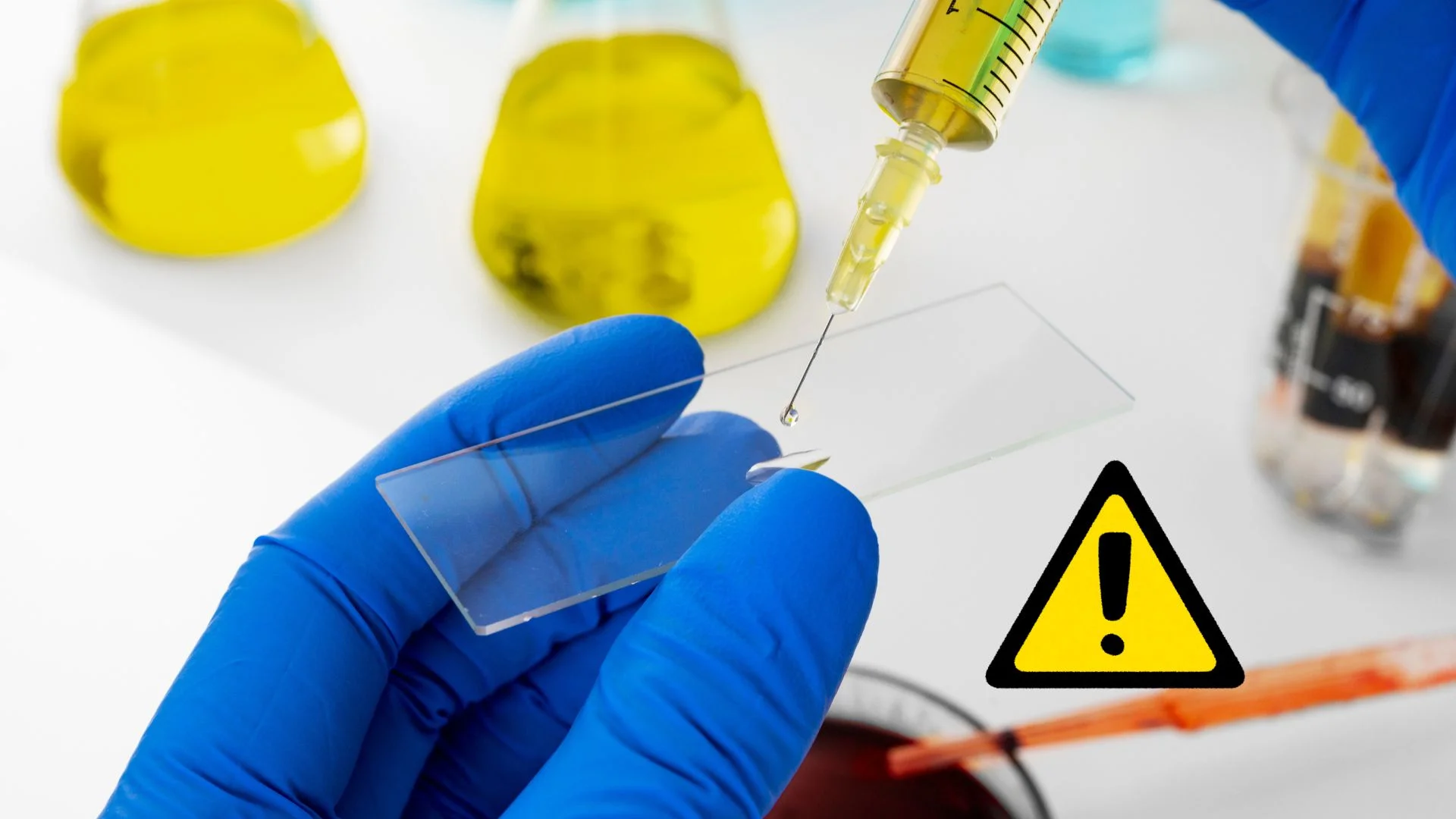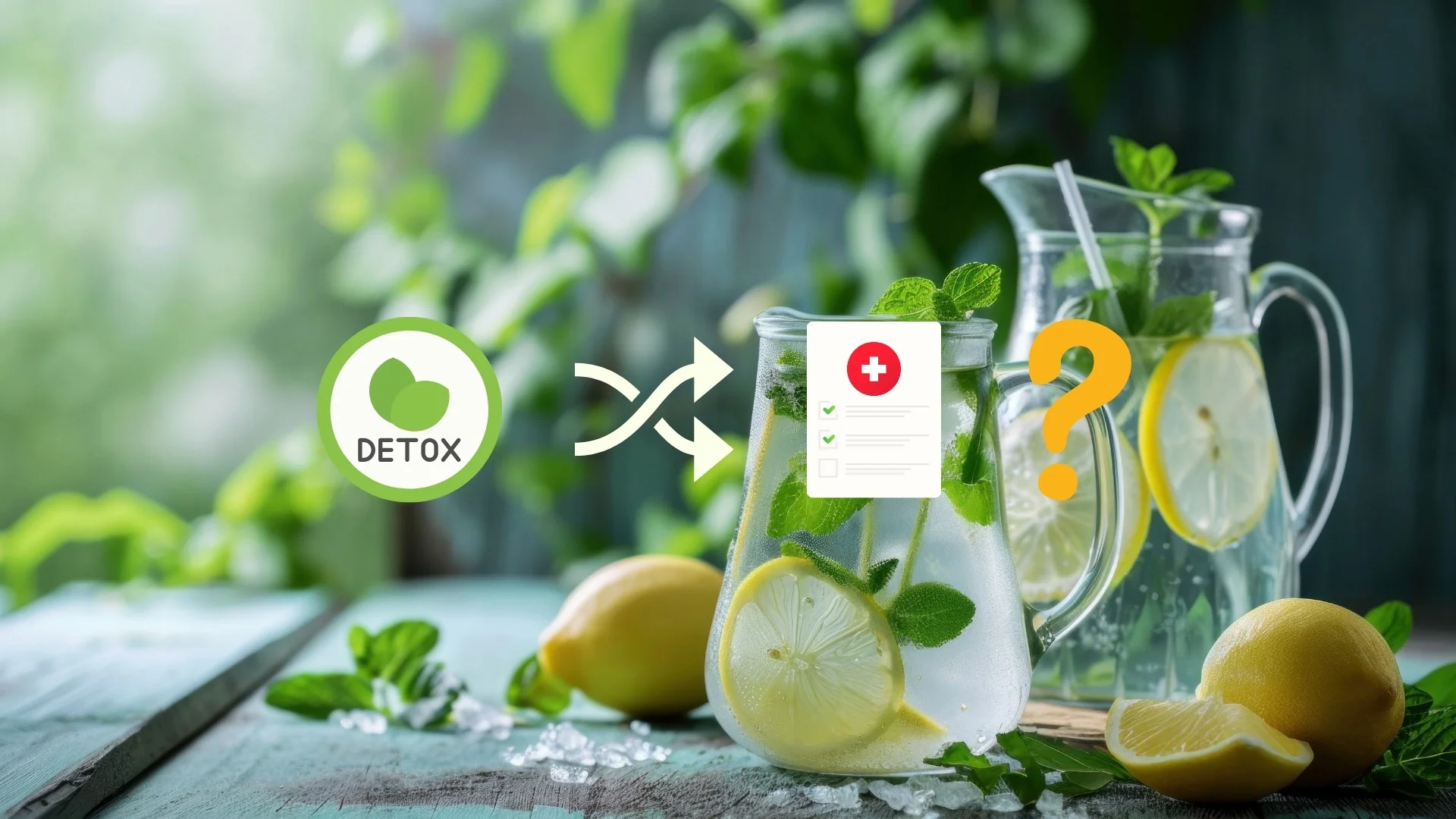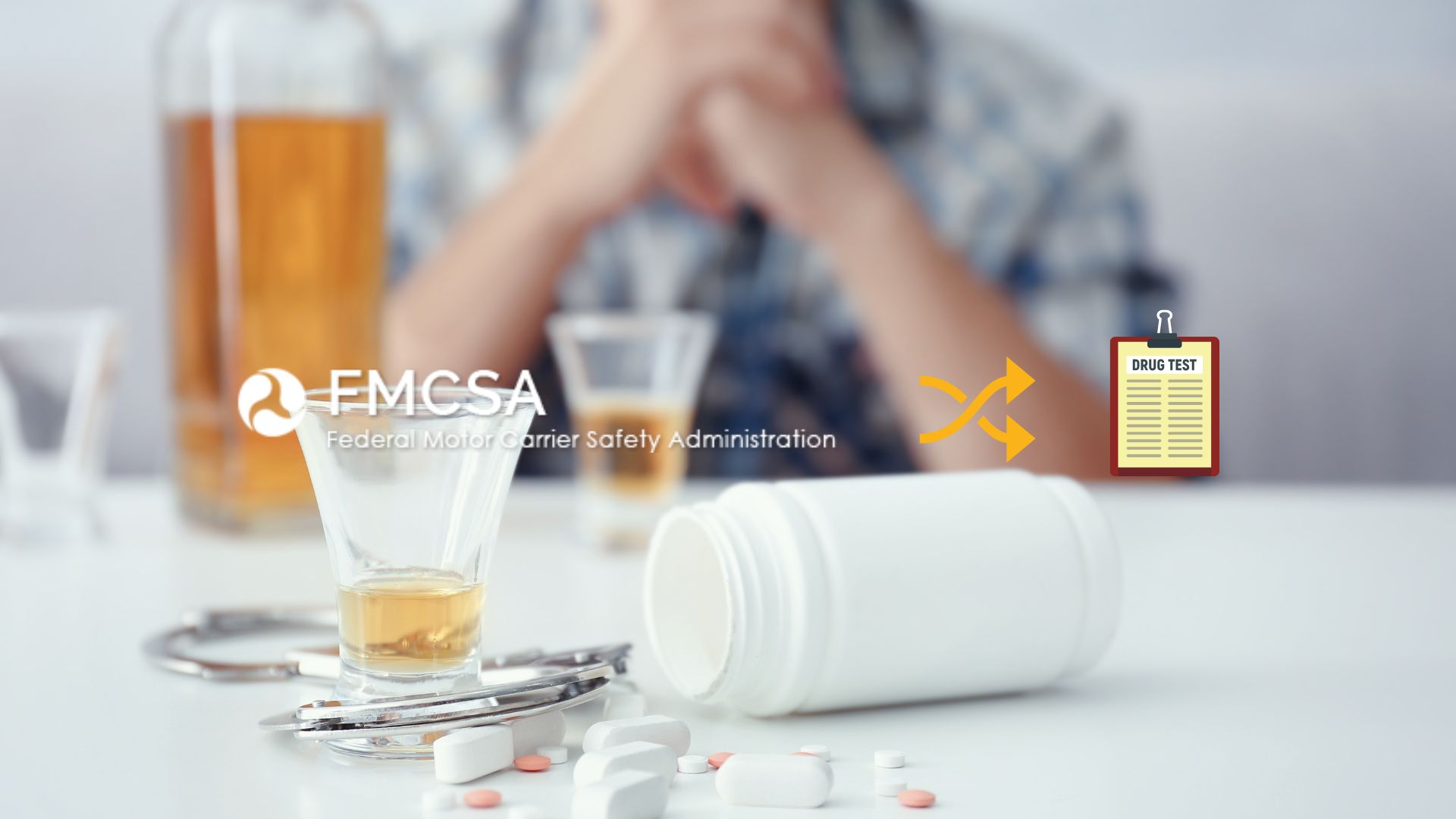Maintaining a drug-free and compliant workplace is a critical requirement for all employers regulated by the U.S. Department of Transportation (DOT). Under 49 CFR Part 40 and FMCSA Part 382, companies must conduct ongoing drug and alcohol testing for safety-sensitive employees including pre-employment, random, post-accident, reasonable suspicion, return-to-duty, and follow-up testing.
For many small fleets, owner-operators, and growing transportation companies, managing a stand-alone testing program can be expensive, time-consuming, and risky. This is where a DOT Random Testing Consortium (administered by a C/TPA) becomes the most efficient and compliant solution.
A consortium centralizes drug and alcohol testing into a shared pool, simplifies random testing requirements, and ensures fully compliant administration allowing employers to stay focused on daily operations while meeting all DOT and FMCSA rules.
What Is a DOT Consortium?
A DOT consortium is a combined pool of safety-sensitive employees from multiple employers. This pool is professionally administered by a C/TPA (Consortium/Third-Party Administrator) such as goMDnow.
By pooling drivers and employees together, the consortium ensures:
- Fair, unbiased random selections
- Federally compliant testing
- Automated scheduling and reporting
- Simplified administration for employers
- Full management of random drug and alcohol testing
This model is particularly useful for owner-operators and small businesses that do not have an internal compliance department.
Important: FMCSA rules prohibit owner-operators from managing their own random testing program. Enrollment in a consortium is mandatory for single-driver operations.
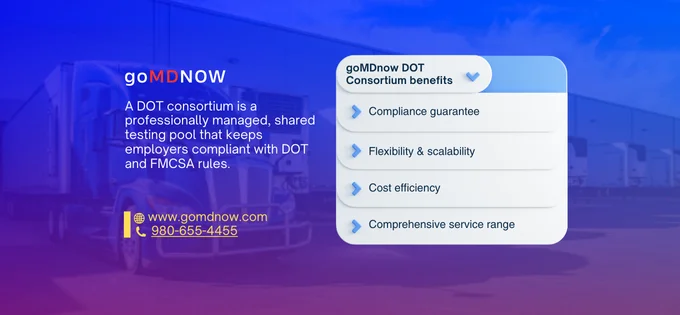
How a DOT Random Testing Consortium Operates
A consortium follows strict federal procedures to ensure compliance and accuracy. Here’s how the process works:
1. Pool Enrollment
All eligible safety-sensitive employees and owner-operators are added to the consortium’s shared testing pool.
2. Random Selection Process
The C/TPA conducts scientifically valid, federally compliant random selections. Every employee has an equal chance of being selected, and no one (including employers) can influence or avoid selection.
3. Unannounced Testing Throughout the Year
FMCSA requires random testing selections to be spread evenly throughout the year. For 2025, the annual minimum random testing rates are:
- 50% drug testing
- 10% alcohol testing
4. Notifications & Scheduling
When an employee or driver is selected, goMDnow notifies the employer and arranges testing at a DOT-approved collection site.
5. Laboratory Analysis & MRO Review
All urine drug tests are processed at SAMHSA-certified laboratories, and non-negative results are reviewed by a licensed Medical Review Officer (MRO) to ensure accuracy and fairness.
6. Documentation & Compliance
The consortium maintains all records according to 49 CFR Part 40, including chain-of-custody forms, test results, MRO verification, and audit-ready reports.
Who Should Join a DOT Consortium?
- Owner-Operators: Required by FMCSA to participate in a consortium because they cannot manage their own random testing program.
- Small & Medium Transportation Companies: A consortium ensures compliance with minimal administrative burden.
- Trucking, Bus, Transit & Delivery Companies: Any organization with safety-sensitive employees must maintain random testing compliance.
- Growing Fleets: Unlimited driver additions after a negative pre-employment test.
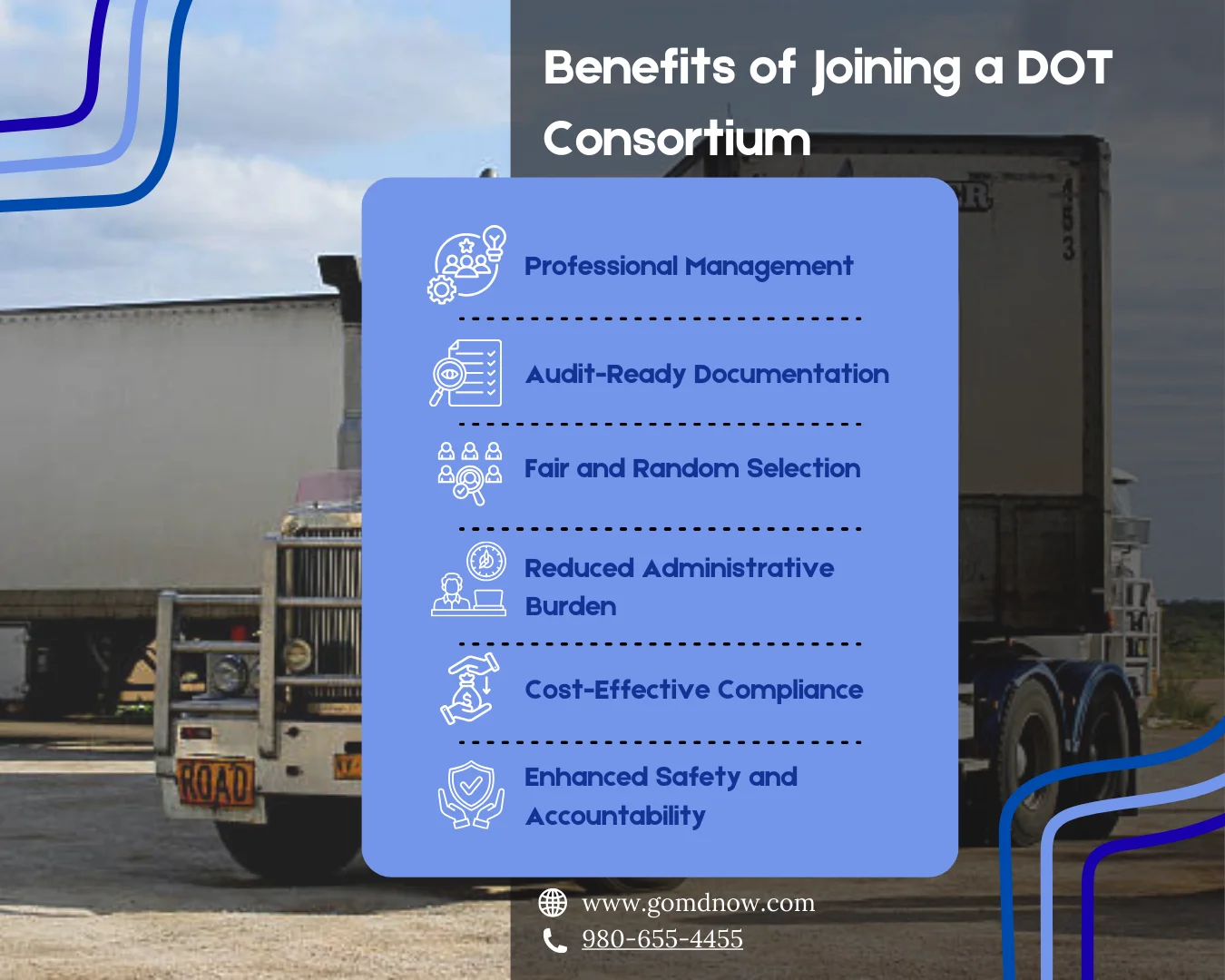
Benefits of Joining a DOT Consortium
- Professional Program Management: The C/TPA handles random draws, scheduling, and reporting.
- Audit-Ready Compliance: Maintains complete documentation for DOT and FMCSA audits.
- Fair Random Selection: Uses federally approved randomization methods.
- Cost Efficiency: Shared pool reduces overall testing program costs.
- Enhanced Safety & Accountability: Deters drug and alcohol misuse.
- Reduced Risk of Violations: Ensures timely, correct compliance steps.
What goMDnow Provides as Your Consortium Administrator (C/TPA)
- Seamless Enrollment: Immediate DOT Compliance Certificate upon joining.
- Nationwide Testing Network: Access to 20,000+ SAMHSA-certified collection sites.
- MRO Oversight & Certified Labs: All results processed by certified labs with full MRO review.
- Full DOT Drug & Alcohol Services:
- Pre-employment drug testing
- Random consortium testing
- Post-accident testing
- Reasonable suspicion testing
- Return-to-Duty process
- Follow-up testing schedules
- Automated & Compliant Random Selections: Conducted quarterly or as required.
- Transparent, Affordable Pricing: Consortium membership starts at $99.00/year.
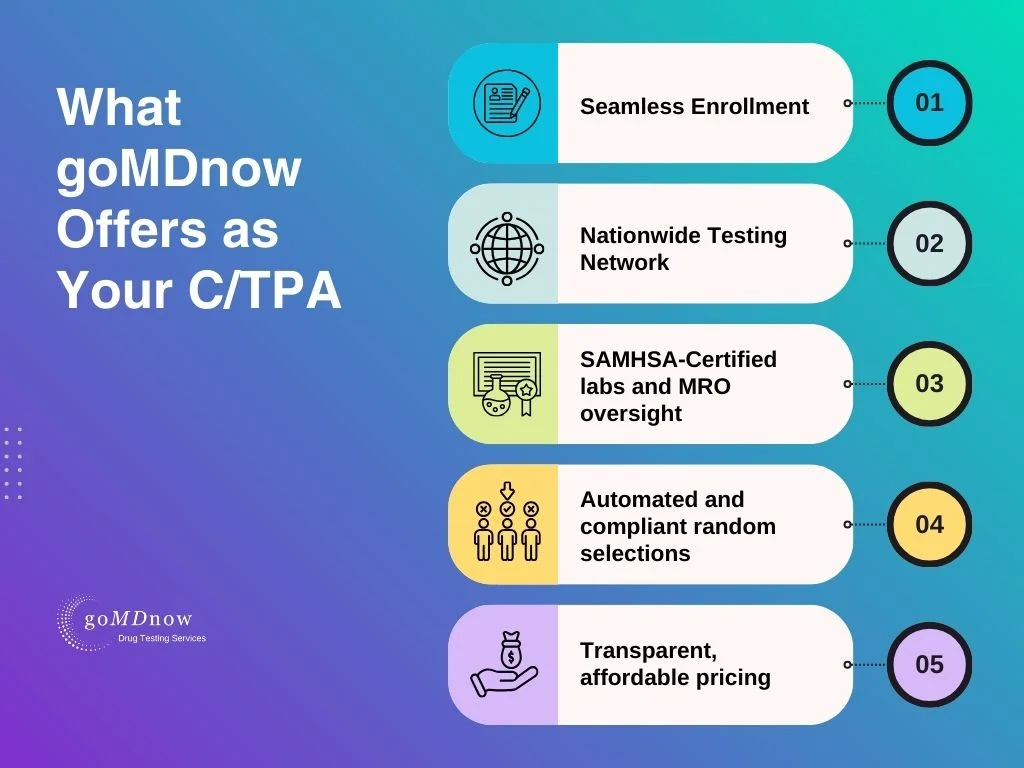
Why a Consortium Is Essential for Owner-Operators & Small Carriers
- Reduces administrative burden for small operations.
- Ensures full DOT/FMCSA compliance.
- Prevents costly violations and penalties.
- Eliminates managing rosters, selections, and follow-up requirements.
- Provides expert guidance for audits and inspections.
Conclusion
A DOT Random Testing Consortium is one of the most effective and reliable ways for transportation employers to maintain federal compliance while ensuring a safer, drug-free workplace. With goMDnow managing your testing pool, random selections, laboratory coordination, MRO review, Clearinghouse obligations, and audit documentation you can operate with confidence knowing every requirement under 49 CFR Part 40 and FMCSA Part 382 is fully handled.
For owner-operators, small fleets, and growing transportation companies, joining a consortium is not just a requirement it’s smart business.
Need help staying compliant?
Contact goMDnow today to join a fully managed DOT-compliant consortium program:
or Call 980-655-4455 for any queries and assistance.

